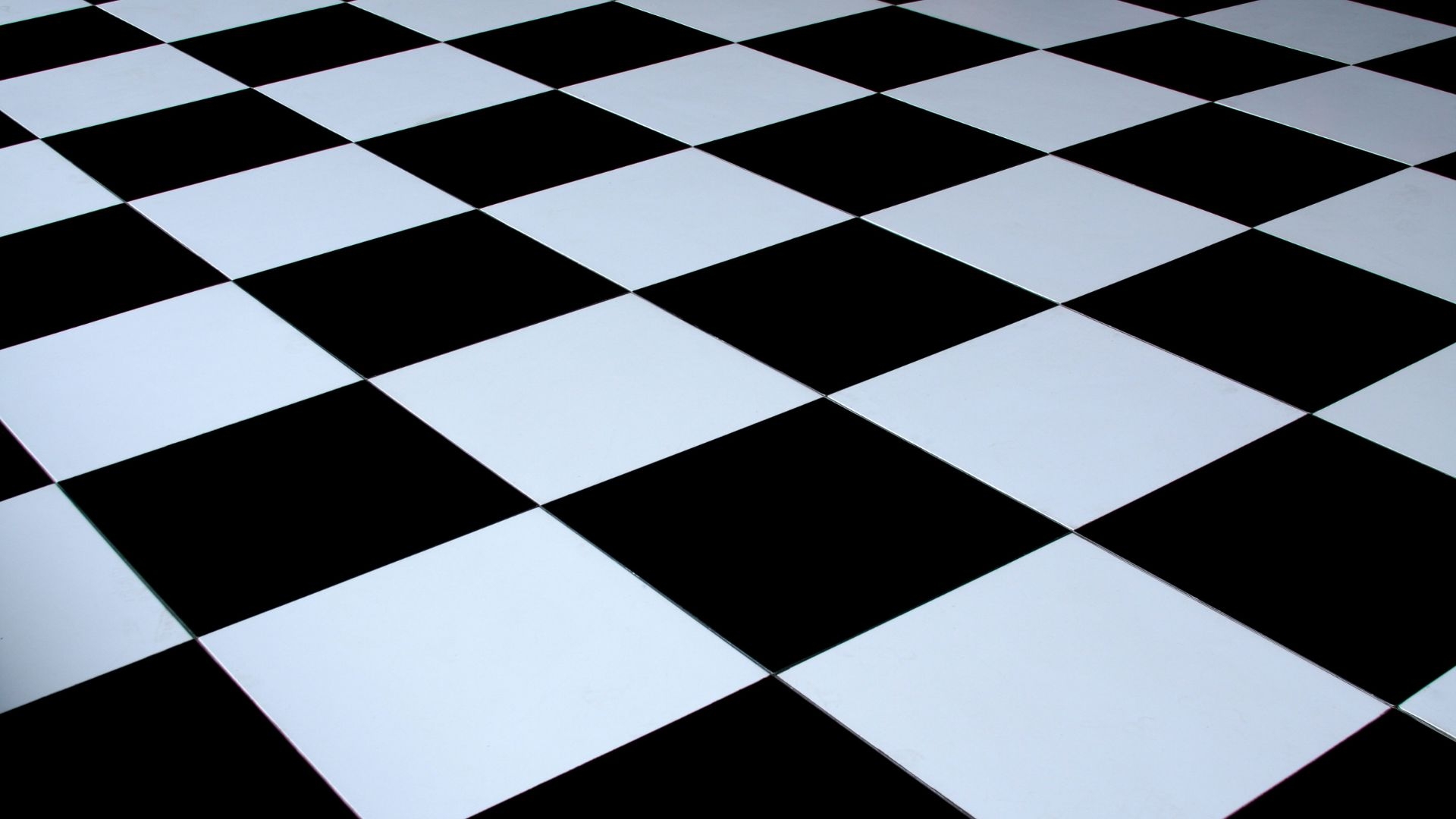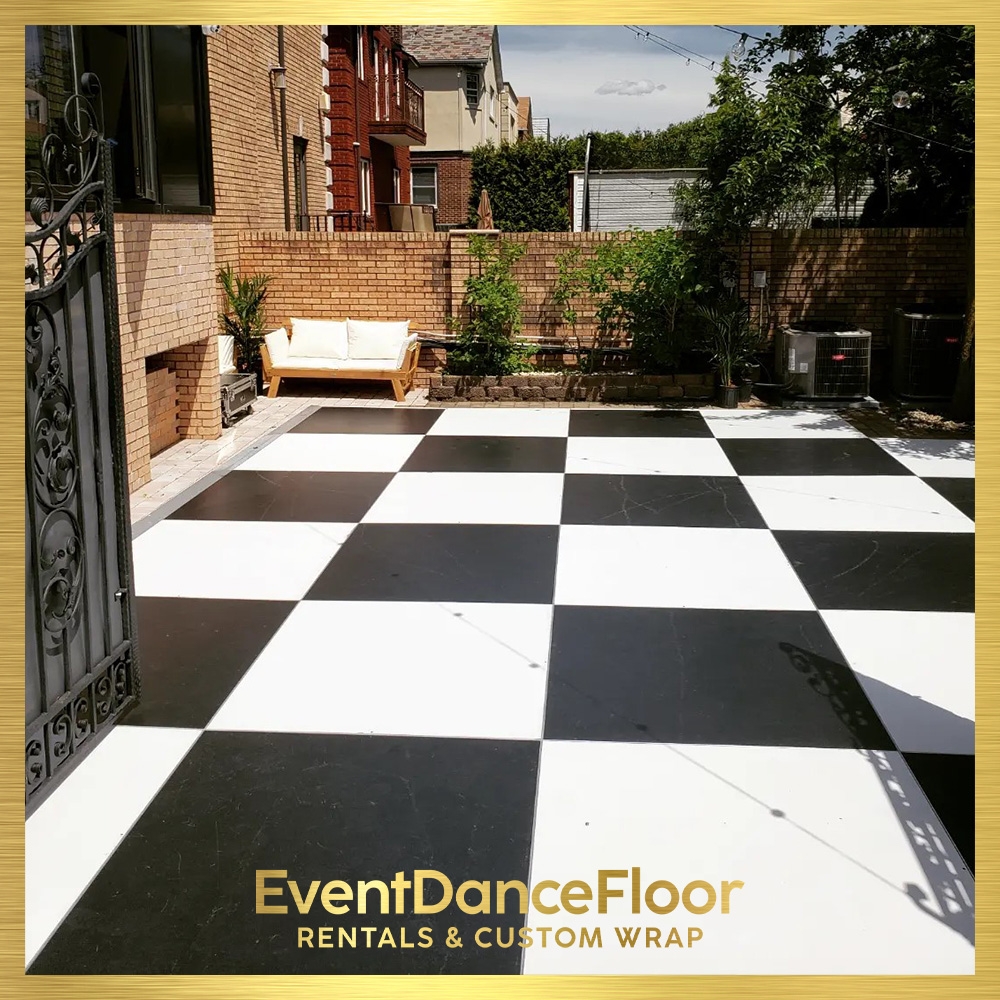Augmented Reality Dance Environments
How can augmented reality technology enhance the experience of dance performances?
Augmented reality technology has the potential to greatly enhance the experience of dance performances by adding interactive elements, visual effects, and immersive environments. Dancers can interact with virtual objects, change the scenery in real-time, and create a multi-sensory experience for the audience. This technology allows for a unique fusion of the physical and digital worlds, creating a dynamic and engaging performance that pushes the boundaries of traditional dance.
Smart Lighting Synchronization Systems




